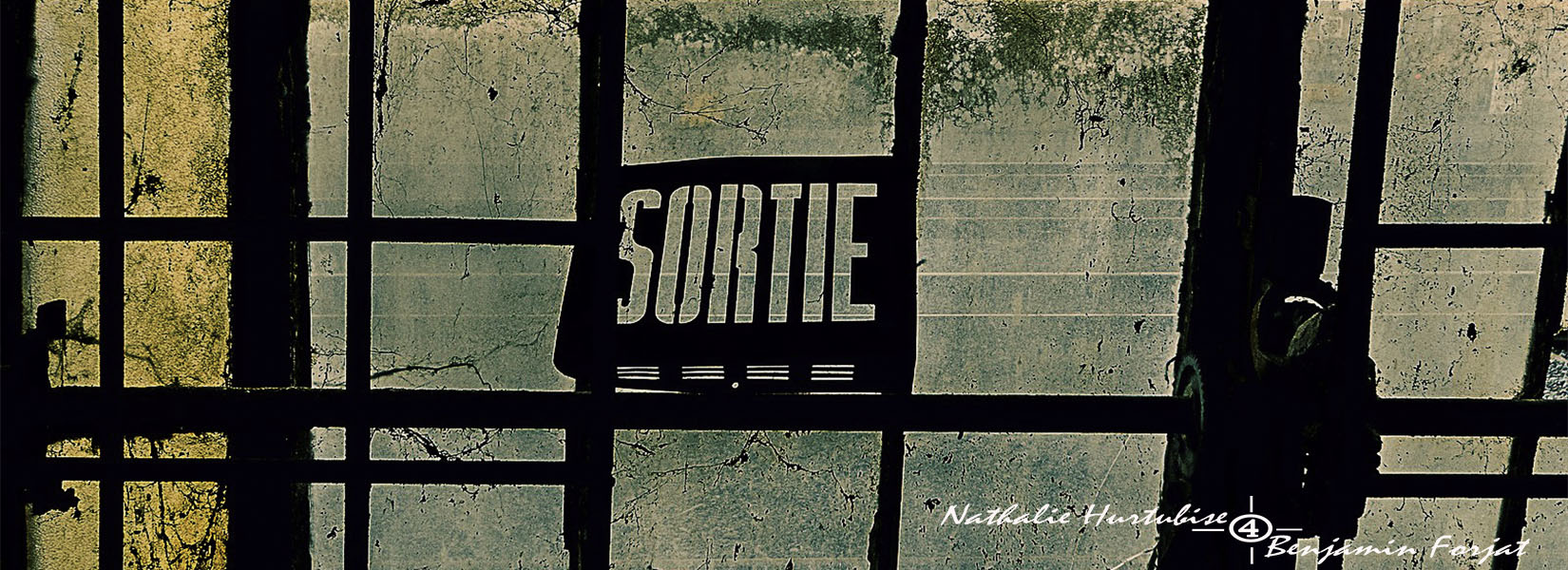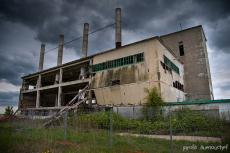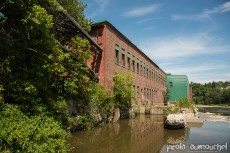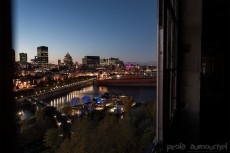Abandoned since December 1993, the former incinerator des Carrières, known as the incinerator # 3 is now partly used as a warehouse by the City of Montreal. It is also one of the few places where there have power in a portion of the building....
The former grain silo number 3
The abandoned Miron silo
Located in the Hochelaga-Maisonneuve neighborhood, the silo # 3 was built in 1923. The architect was John S. Metcalfe who were responsible for the construction of most silos in the Port of Montreal (1, 2, 3, 5). It is thanks to its innovations that the Port of Montreal was the largest grain port in North America in 1914.
As I wrote, it was built in 1923 by Canadian Vickers at the east of the others silos. By this choice, the Port of Montreal wanted to avoid traffic congestion around the other silos already built. With annexes built in 1928, it was more than 150 000 metric tons of grain that could be stored into the complex of four sets of silos.
With the rationalization of the port of Montreal in 1978, the silo number 3 ceased its grain shipments by vessel and will specialize in trucks loading to serve the domestic market. Nine years later, it will cease all its operations.
From 1987 to 1993, the structure was used successively by Miron companies, Lake Ontario Cement and Ciment Québec, for the handling, processing and storage of cement powder.
Today, several portions of this huge complex have been demolished, and a new warehouse was built on the site of the former Miron lift. The site is abandoned, although its owner is still the Port of Montreal. The photos were taken in 2013.
In 2014, the grain elevator number 3 is back to life. It is modernized at the cost of $ 22 million and will be used by the company CanEst Transit. See article in the e-magazine Logbook, published by the Port of Montreal at :
Related content
Update (2013-08-23) : Many thanks to those who sent me some information about this place. So, it seems like this building was used to heat other buildings of the military complex who is now abandoned.
It is rather unusual that I can not...
It was October 3, 2014 when it has been heard for the last time the siren for the end of the work shift. The last 180 employees picked up their belongings and closed the door behind them, thus ending an industrial history of over 125 years.
...A true emblem of the Old Port of Montreal, it is difficult to miss the Silo # 5, a gigantic concrete structure south of McGill Street. The complex consists of 206 silos and an amalgam of buildings built over a period of more than fifty years,...






















































